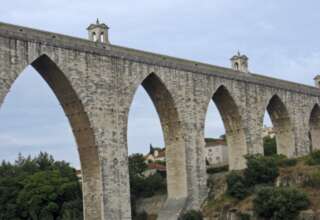
The mechanistic organization of the Twentieth Century ran like a pendulum. A pendulum epitomizes elegance and simplicity in motion. We can disrupt the course of the pendulum by giving it an added push or by bumping into it and slowing it down. In either case, the pendulum will adjust its course and continue swinging back and forth at a greater or lesser magnitude. The pendulum, in modern systems theory terms, will always return to a homeostatic balance, retaining its basic form or pathway. Systems theorists would suggest that organizations tend to return to their previous form and function even with disruptions and interference. While the contemporary organization may seem to be chaotic and in disarray, we are (according to many modern theorists) merely witnessing a long-term process of homeostatic readjustment and an ultimate return to a former state or style of functioning.
A Dynamic World
Is this mechanistic analogy to the pendulum still accurate for Twenty First Century organizations? I turn to Ilya Prigogine (Prigogine and Stengers, 1984), a Nobel Prize winning scientist, who offered guidance in this matter many years ago. With his colleague, the philosopher, Isabelle Stengers, Prigogine suggests that many processes in nature (including perhaps those exhibited by organizations) don’t match very well with the mechanistic world of the pendulum—as much as scientists throughout the ages would like the world to resemble this orderly pendulum ((Prigogine and Stengers, 1984. P. ix). Rather, many processes of the world are likely to resemble the phenomenon that we call fire. Fire is a perplexing problem in the history of science. Prigogine notes that modern scientists, in an effort to create a coherent mechanistic model of the world, have tended to ignore the complex, transformative processes of fire, concentrating on only one of its properties: the capacity to generate heat. (Prigogine and Stengers, 1984, p. 103) Fire thus became a heat machine for scientists and was treated in a mechanistic manner.
Fire, however, has many fascinating properties. Most importantly, it is an irreversible process: it consumes something that can’t be reconstructed. Those of us who lived in the San Francisco Bay Area were tragically attuned to this phenomenon during the early 1990s, as we watched the irreversible destruction of our neighbor’s homes in the Oakland Firestorm. These homes could never be “unburned.” More recently, we witnessed the horrific burning of an entire town (“Paradise”) in Northern California. There would never be a readjustment in the community that was destroyed by the fire—whether this be Oakland or Paradise. There could only be the construction of new homes and a new community. Many other processes of change and transformation are similarly irreversible. Avalanches can never be undone, nor can Pandora’s box ever be closed once the lid is opened and the evil spirits have escaped. Rumors can never be totally dispelled once they are let out of their box, just as the good old times can never be restored, despite the efforts of Walt Disney, Frank Capra and other purveyors of nostalgia.






